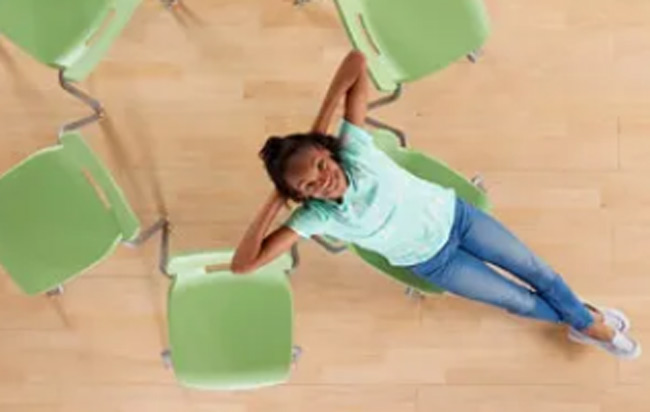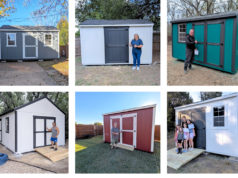How school desks are set up can significantly affect how well students learn. As classrooms move away from lecture-based lessons and toward teamwork and group projects, schools are looking for furniture that supports those changes. Standard rows of desks can hold students back by limiting how they interact with one another. Collaborative classrooms benefit from flexible furniture that makes it easy for students to share, discuss, and work together. When teachers want to support problem-solving and communication, desk layout and design become part of the lesson plan.
Schools today are turning to student desk solutions that support flexible seating and small group interaction. These modern options allow for quick setup changes and promote better focus and classroom engagement. That shift in design helps classrooms become more active, connected, and effective for both students and teachers.
Desk Shapes That Bring Students Together
The desk shape directly affects how well students can connect during class. Desks with curved sides, kidney shapes, or trapezoid forms let students face each other more easily. This makes conversation and group work more natural and less forced. Unlike straight rows, these shapes create inviting setups that promote shared learning. Students work more comfortably in pods or circles where they can make eye contact and see their teammates.
Teachers can also group students faster without having to drag furniture around. Desks that are shaped for groups save time and improve classroom flow. This design shift improves student participation and builds stronger learning communities.
Flexible Desks Make Room for Movement
Desks that are easy to move allow teachers to switch the classroom layout without stress. Models with smooth-rolling wheels and locking casters give flexibility without losing safety. When furniture moves easily, teachers can quickly set up for partner work, small groups, or large team activities. Students can also adjust their space based on the task, which supports focus and comfort. This type of design works well in classrooms that support active learning.
Movable desks can even reduce noise and clutter during transitions between subjects. Both teachers and students benefit from smoother routines. Flexibility helps match the classroom layout with the learning goal.
Storage Features That Improve Workflow
Collaborative desks often include smart storage options that help students stay organized. Desks with attached trays or boxes give quick access to supplies without wasting time. When students do not have to leave their seats to grab materials, lessons flow more smoothly. Built-in storage also keeps shared areas clear and ready for use.
Some models even offer wire baskets or slots for notebooks and folders. These features help reduce classroom mess and support better focus. Teachers spend less time managing materials and more time guiding learning. Good storage features help the whole room work more efficiently.
Durability Supports Long-Term Use
Schools need furniture that holds up through busy days and frequent use. Desks made with strong frames and scratch-resistant tops last longer and require less maintenance. Collaborative learning often involves more movement and shared use, so sturdy desks are a smart choice. Materials like steel and high-quality laminate help desks stay in good shape year after year.
Desks should support not just learning but the physical demands of an active space. Buying durable furniture also protects a school’s budget. These desks stand up to both daily wear and long-term needs. Strong design supports strong learning environments.
Comfort Leads to Better Focus
Comfort is key when it comes to classroom seating. Students who feel cramped or awkward at their desks have a harder time paying attention. Adjustable-height desks support a wider range of students and help maintain better posture. Smooth edges and steady bases also improve comfort during long activities. When students feel good in their workspace, they are more likely to stay engaged and cooperative.
Comfortable desks reduce distractions and keep students focused on their goals. Teachers notice fewer complaints and stronger participation. A well-designed desk supports both learning and well-being. Desks made for collaborative learning help students connect, engage, and grow.
From smart shapes to easy movement, the right features create a space that supports active classrooms. When schools choose desks with storage, comfort, and flexibility in mind, they build better learning environments. These desks give teachers more options and students more comfort. They also help save time and make lessons flow better.
By upgrading to desks designed for teamwork, schools support stronger student outcomes. Worthington Direct offers many furniture options that meet today’s classroom needs. With the right student desks, schools can create spaces where collaboration thrives.












